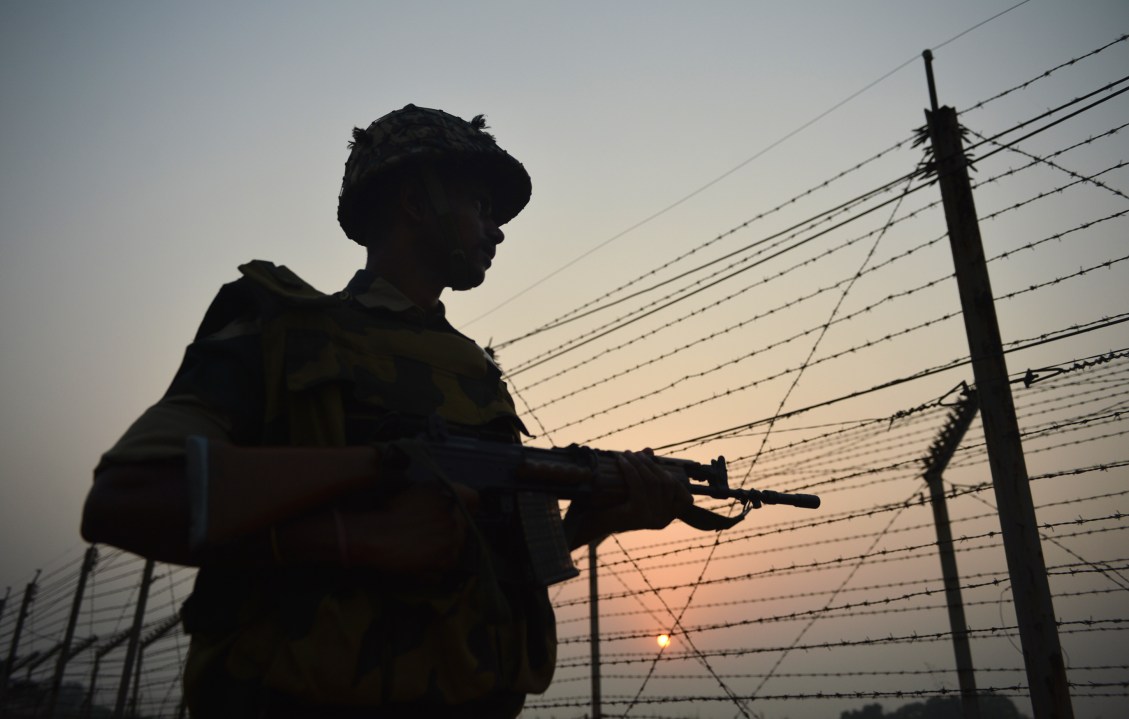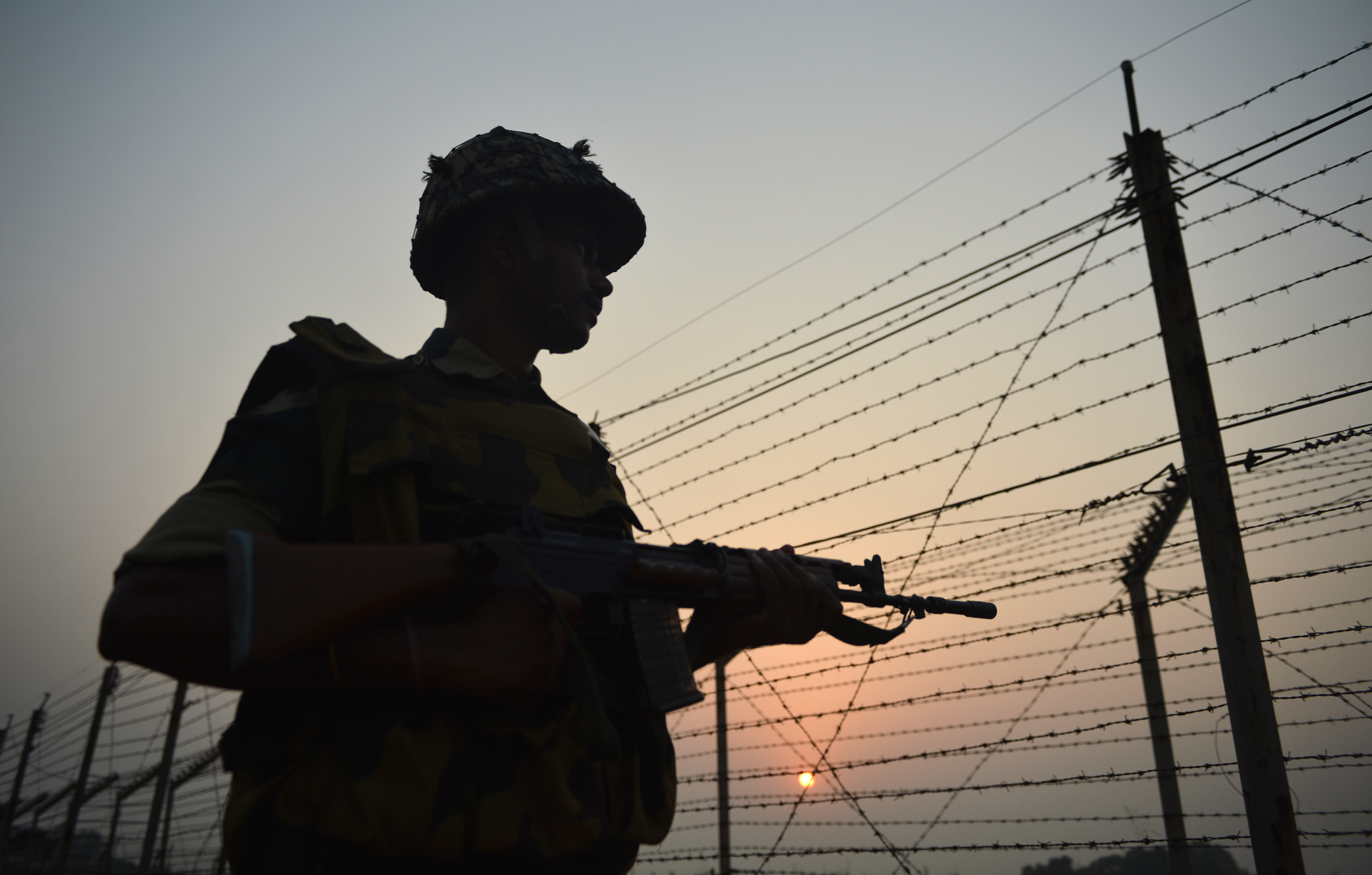On August 14-15 1947, after a few hundred years in India the British left behind the jewel in the crown of Empire. The Raj abruptly ended, but the struggle for India’s freedom came at a price. The creation of the Islamic state of Pakistan, carved from undivided India or partition, as it became known, resulted in one of the greatest convulsions in human history.
Millions of Muslims from Hindu-majority India proceeded towards Muslim-majority Pakistan, while Sikhs and Hindus made the opposing journey. Viceroy Mountbatten’s hasty transfer of power – a 72-day plan brought forward by 10 months unleashed an unbridled orgy of bloodletting between Muslims on one side, Hindus and Sikhs on the other. Partition is undoubtedly a paradoxical juncture in the subcontinent’s history – the trauma and turmoil of schism, juxtaposed to celebration of freedom from imperial rule.
Leaders of the Indian National Congress, who spearheaded the ‘Quit India’ anti-colonial movement, were divided on the question of partition. Mahatma Gandhi was tortured by the prospect, but his protégé Jawaharlal Nehru acquiesced during negotiations with Mountbatten and Muhammed Ali Jinnah – leader of the All-India Muslim League. The statistics speak for themselves. Between 12-20 million were displaced, 1-2 million perished, and 83,000 women are said to have been abducted and raped. Communities were split, families separated, and neighbours once living side by side in harmony divided along sectarian lines. By far the worst of the upheaval occurred in Punjab and Bengal – provinces split by the ‘Radcliffe Line’, India’s new frontier with West and East Pakistan (the latter is Bangladesh today).
It’s true that partition is one of the subcontinent’s darkest moments – its memory unthinkable, hideous, almost medieval in nature. It’s also true many 2nd and 3rd generation Brits of Indian origin like me, are unable to fathom the utter madness of events seventy years ago. Perhaps for our sanity’s sake, it’s better not to. The arson, murder, rape and kidnapping was of course lunacy in itself, as was the decision-tasking lawyer Sir Cyril Radcliffe to draw the eponymous border.
The fateful strokes of Radcliffe’s pen determined the destiny of 400 million Indians, but he’d absurdly relied on out-of-date maps and inaccurate census figures. More absurdly still, he’d never previously been to India and had forty days to complete his new map. Although the Boundary Commission (headed by Radcliffe) was ready by August 12 1947, Mountbatten delayed its announcement until August 17, to avoid responsibility for the ensuing upheaval. When it comes to culpability, Britain shouldn’t get a free pass.
Nevertheless, the trauma of partition lives on, largely because the poisonous relations between the now nuclear rivals – India and Pakistan, act as a constant reminder. The conflict over Kashmir (which can be traced back to 1947) has resulted in three Indo-Pak wars, ethnic cleansing, and no shortage of brinkmanship in-between. India accuses Pakistan of sponsoring Islamist insurgent groups bent on ‘liberating’ Kashmir from the infidels; meanwhile Pakistan accuses India of human rights violations against Muslims. While the Kashmir dispute lingers on, the ghosts of partition can perhaps never be laid to rest. But beyond the fractious geopolitics, the memory of partition is alive primarily because stories are inevitably passed down from generation to generation. These memories etched in the collective consciousness of Pakistanis and Indians across the globe.
Thankfully some have made incredible efforts in capturing the testimonies of survivors, before it’s too late. In her seminal book The Other Side of Silence, Voices from the Partition of India, Indian feminist Urvashi Butalia writes:
“Many [accounts] were horrific and of a kind that, when I was younger and heard them second or third hand, I found hard to believe: women jumping into wells to drown themselves so as to avoid rape or forced religious conversion; fathers beheading their own children so they would avoid the same dishonourable fate…their stories affected me deeply.”
Bir Bahadur Singh, one of those featured in Butalia’s book was aged fourteen when forced to leave his family home in Rawalpindi (Pakistan). His ancestral village Thoha Khalsa came under siege by Muslims demanding young women in exchange for safe passage. His father, a village elder refused terms, leading to the sacrifice of his own daughter. Stories like these send a chill down the spine – and there are many, across all communities. Singh told me, “partition gave us so much misery and sorrow, with many nights of sleeping hungry and looking for shelter, but there was no help at hand.” Whilst recalling these harrowing events, he was understandably tearful.
Professor Ian Talbot from the University of Southampton is co-author of a major study on partition and its aftermath for the Cambridge University Press series New Approaches to Asian History. Talbot is clear that there are important lessons to be learned from the period, particularly when reflecting on the role of courageous individuals who stymied violence in the most extreme situations.
He says “Gandhi’s role as a ‘One Man Boundary Force’ in the slums of Calcutta is well-known, but there are many less publicised accounts of individuals saving the lives of people from other communities.” He said this aspect of the narrative provides some hope, “otherwise it is disturbing that religion remains a source of identity politics, on both sides of the border and atrocities against minorities can still go unchecked.”
Although partition remains the largest mass migration in history, remarkably there has been no dedicated memorial to those who lost their lives, but change is afoot. The Partition Museum in Amritsar, some 32 km from the Wagah border with Pakistan, was initially set up late last year. This Thursday the museum is preparing for its full launch, to mark the anniversary of Britain’s disclosure of the border seven decades ago. Mallika Ahluwalia CEO of the museum says the Government of Punjab (India) has accepted the suggestion that August 17 should be marked as ‘Partition Remembrance Day.’ For the survivors, and their families, these are important steps towards reconciliation and recognition of their plight. No matter which side of the border you’re from, this can only be a good thing.
Steps towards reconciliation are also encouragingly taking place in Britain. The Faith Forum’s Grand Trunk project involves Hindu, Muslim and Sikh groups, and is marking the 70th anniversary with a series of events, focusing on the shared heritage of Punjabis and Bengalis. The project is named after one of Asia’s longest and ancient roads, which navigates through Bangladesh, India, and Pakistan, eventually ending up in Afghanistan. A project spokesperson said:
“Walking down the streets of Lahore would be very familiar to people who have been to Delhi or Amritsar, and vice versa. The sights, sounds and smells are similar. The musical heritage of the region is also very rich, and the languages spoken in the regions that were partitioned, namely Punjab and Bengal, are virtually identical. Those similarities are what kept the communities of the Subcontinent united for millennia, and I hope that we can recapture that sense of unity through the Grand Trunk Project.”
I don’t doubt the sentiment here is genuine, but it remains to be seen whether or not real progress can be made to heal such old wounds.







Comments